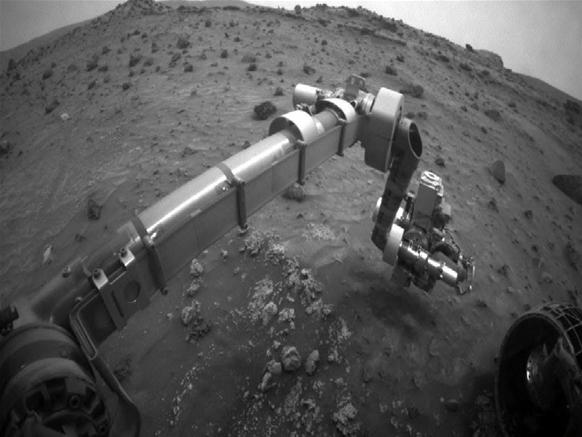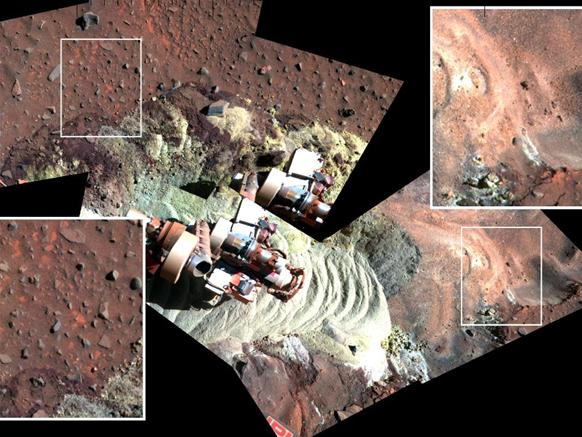Goodbye, Spirit: An Explorer of the Red Planet
Today, NASA is ending its attempts to contact the Mars exploration rover Spirit, which last communicated with the agency on March 22, 2010. The cause of its silence: the Martian winter.

Spirit relies on solar energy to run heaters that keep its internal components warm. This past Martian winter was particularly sunless, and the rover most likely endured colder internal temperatures than any of its prior six years on Mars, leaving many critical components and connections susceptible to damage from the cold, according to NASA.
Spirit landed on Mars in January 2004 (its sister rover Opportunity landed a few weeks later on the opposite side of the planet) for what was supposed to be a six-month visit. It ultimately had a successful and turbulent life lasting six years. It was loaded with tools, science instruments, and systems to investigate the composition of soil and rocks, study tiny wobbles in the rotation of Mars to gain insight about the planet’s core, and monitor the atmosphere. Most notably, it discovered deposits of salts and minerals such as sulfur and silica that only form in the presence of water.
Spirit survived dust storms, sand traps, and three freezing winters (each Mars years is about two Earth years). Its days as a mobile explorer ended in January 2010, when, after several months of trying to free the rover from a sand trap, NASA decided the rover would remain a stationary science platform.
But now engineers have concluded that even this final stage of Spirit’s mission is over. But a new, more capable rover is already waiting in the wings: Curiosity, scheduled to launch in November, is designed to help determine whether there was—or is—life on Mars.
“However, while we no longer believe there is a realistic probability of hearing from Spirit, the Deep Space Network may occasionally listen for any faint signals when the schedule permits,” said Dave Lavery, NASA’s program executive for solar system exploration, in the press release.



A mosaic of images shows the soil in front of Spirit after a series of short backward drives during attempts to extricate the rover from a sand trap in January and February 2010. Credit: NASA/JPL-Caltech/Cornell University
Keep Reading
Most Popular
Large language models can do jaw-dropping things. But nobody knows exactly why.
And that's a problem. Figuring it out is one of the biggest scientific puzzles of our time and a crucial step towards controlling more powerful future models.
How scientists traced a mysterious covid case back to six toilets
When wastewater surveillance turns into a hunt for a single infected individual, the ethics get tricky.
The problem with plug-in hybrids? Their drivers.
Plug-in hybrids are often sold as a transition to EVs, but new data from Europe shows we’re still underestimating the emissions they produce.
Stay connected
Get the latest updates from
MIT Technology Review
Discover special offers, top stories, upcoming events, and more.